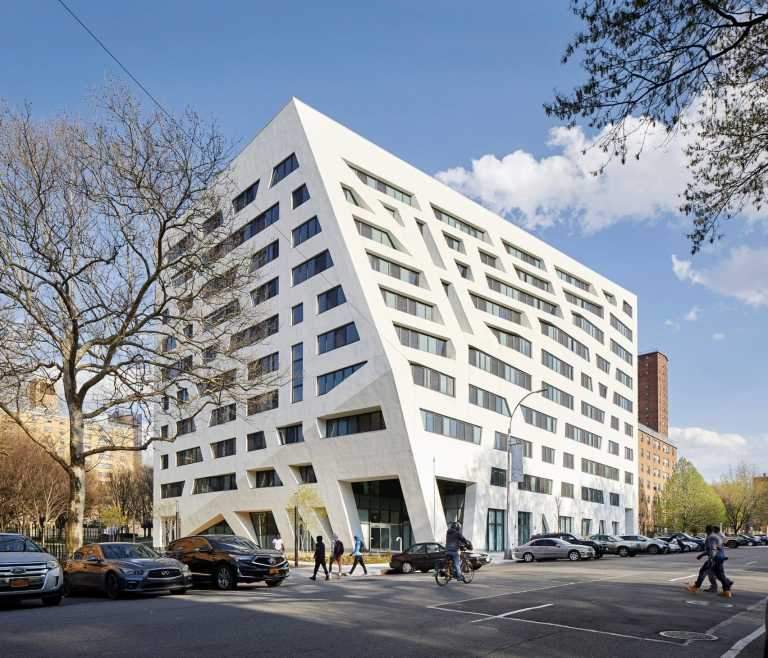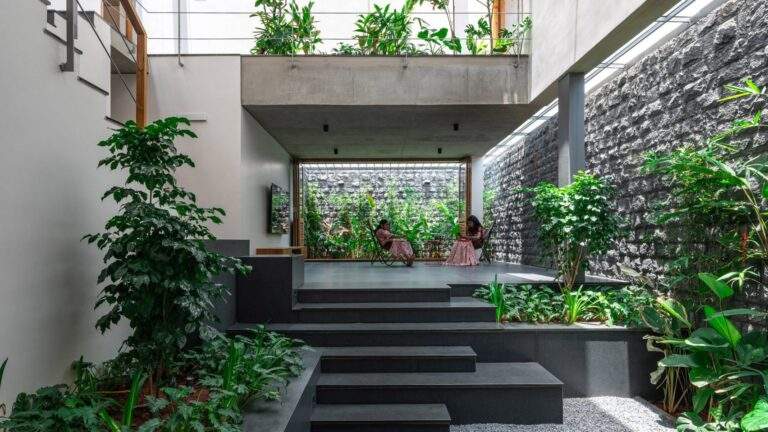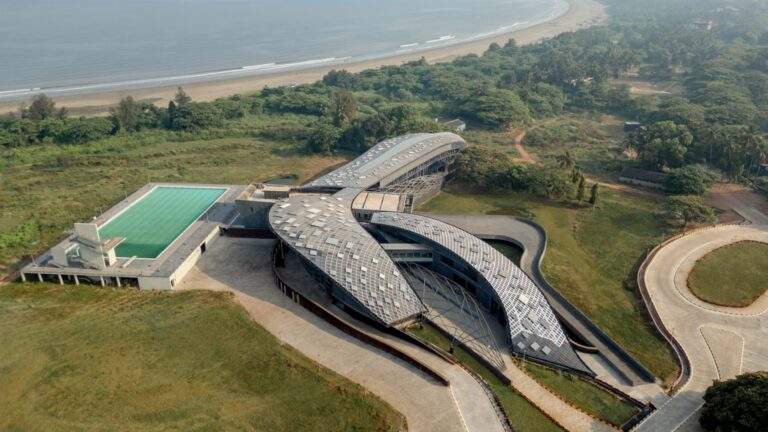South Africa stands as a remarkable destination where cultural diversity, architectural heritage, and natural beauty converge, appealing to enthusiasts of architecture, design, and nature. This article explores how these three elements intertwine to create a cohesive experience, focusing on urban centers like Cape Town, natural landscapes such as the Cape Peninsula, and wine regions like Stellenbosch. It addresses four key aspects: historical influences on architecture, the integration of architecture with nature, the role of contemporary design in reshaping cities, and the importance of sustainable tourism in preserving this heritage, all of which greatly contribute to the distinctive South Africa architecture.
Historical Influences on Architecture
South Africa’s architecture reflects its rich historical tapestry. European colonial influences, particularly from the 17th century, introduced styles inspired by Dutch and British traditions. Buildings with pitched roofs and whitewashed facades in Cape Town and Stellenbosch showcase the Cape Dutch style, a significant part of South Africa’s architectural history. Local cultures, such as the San people, contributed to traditional architectural forms using materials like stone and timber.
In the 20th century, urban areas like Cape Town saw the emergence of the Art Deco style, characterized by geometric patterns and colourful facades. These historical influences remain evident in older neighborhoods like Bo-Kaap, where vibrant colours and traditional designs create a distinct visual identity, clearly seen in the South African architectural landscape.
Integration of Architecture and Nature
South Africa exemplifies the seamless integration of architecture with its natural surroundings. Cape Town, nestled between Table Mountain and the Atlantic and Indian Oceans, serves as a model for urban design that respects the landscape. Many buildings are designed to offer open views of mountains or the sea, using materials like glass to enhance transparency between indoor and outdoor spaces, reflecting the essence of South Africa’s architectural style.


In areas like the Cape Peninsula, structures are integrated with the environment to minimise ecological impact. For instance, visitor centres in nature reserves often use sustainable materials like recycled timber. In Stellenbosch, buildings in wine estates are designed to harmonise with surrounding vineyards and gardens, blending architecture with the agricultural landscape, demonstrating a unique facet of South Africa architecture.
| Region | Integration with Nature |
|---|---|
| Cape Town | Views of Table Mountain and ocean, use of glass |
| Cape Peninsula | Sustainable materials, adaptation to natural terrain |
| Stellenbosch | Designs that interact with vineyards and gardens |
Contemporary Design and Urban Transformation
Recent decades have seen a surge in contemporary design in South Africa, particularly in Cape Town, which has become a hub for arts and culture. The V&A Waterfront illustrates the transformation of former industrial zones into vibrant commercial and cultural spaces. Old grain silos have been repurposed into cultural venues, reflecting a trend towards creative reuse of structures, a modern perspective on South Africa architecture.
The establishment of modern art museums has further elevated Cape Town’s cultural status. These buildings employ advanced techniques, such as exposed concrete and glass, while preserving the historical character of their sites. In neighborhoods like Woodstock, former factories are being converted into art studios and co-working spaces, fostering a creative economy which is part of the architectural evolution in South Africa.
Sustainable Tourism and Heritage Preservation
Sustainable tourism plays a critical role in preserving South Africa’s natural and architectural heritage. Local initiatives focus on protecting nature reserves like Cape Point National Park while promoting environmentally conscious tourism. For example, low-emission transport is used for tours, and architectural projects are encouraged to utilise local materials to reduce carbon footprints in the realm of South Africa architecture.

Tourism also supports local communities by creating jobs in hospitality and the arts. However, challenges such as overcrowding at popular sites require careful management to balance economic benefits with resource conservation.
Frequently Asked Questions (FAQ)
| Question | Answer |
|---|---|
| What defines South Africa’s architecture? | A blend of colonial and local influences with a focus on nature integration, which South Africa’s architecture extensively showcases. |
| Is sustainable tourism effective in South Africa? | Yes, but it faces challenges like overcrowding and resource management, highlighting areas within South Africa’s architectural context. |
| Which areas attract design enthusiasts? | Cape Town (V&A Waterfront, Woodstock) and Stellenbosch (wine estates), notable for South Africa’s architectural charm. |
| Can nature and architecture visits be combined? | Yes, regions like the Cape Peninsula offer both experiences, within the scope of South Africa architecture. |
Summary Table of Key Points
| Aspect | Key Points |
|---|---|
| Historical Influences | Cape Dutch style, Art Deco, local influences like the San people. |
| Integration with Nature | Open designs, sustainable materials, harmony with terrain in Cape Town and Stellenbosch. |
| Contemporary Design | V&A Waterfront redevelopment, factory conversions, modern museums. |
| Sustainable Tourism | Nature reserve protection, local materials, community support, overcrowding challenges. |

ArchUp Opinion
The interplay of architecture, nature, and design in South Africa demonstrates a unique ability to blend heritage with modernity. Cape Town serves as an inspiring example for cities aiming to integrate natural landscapes with urban planning, while Stellenbosch highlights how architecture can enhance agricultural identity. However, challenges remain, such as maintaining a balance between tourism growth and sustainability, as excessive tourism can strain natural resources. Additionally, the focus on modern projects in urban areas may overlook rural development, necessitating more inclusive strategies to ensure equitable resource and opportunity distribution.







